Scientists at the Hong Kong University of Science and Technology (HKUST) have developed the world’s first 3D artificial eye that could have greater visual capabilities than a human eye, and ultimately help people who suffer from visual impairments.
For years, researchers have tried to replicate the physical structure and visual function of the eye. However, currently available prosthetic eyes are limited in resolution as they involve the use of 2D flat image sensors.
Now, HKUST researchers have gone above and beyond present prosthetic eye designs to develop the Electrochemical Eye (EC-Eye), which in addition to replicating the structure of a biological eye, could also potentially achieve sharper vision than a human eye with further development. It could also have added functions such as the capability to detect infrared radiation in darkness.
Related: Smart Contact Lenses That Can Diagnose and Treat Diabetes
The EC-Eye was developed by Dr. Fan Zhiyong and Dr. Gu Leilei from the Department of Electronic and Computer Engineering at HKUST who used nanowire light sensors to emulate the photoreceptors in a human retina, which allowed them to create an artificial, hemispherical 3D retina with enhanced sensory capability including high sensitivity and resolution.
The Electrochemical Eye
The artificial eye is based on electrochemical principles adopted from a type of solar cell. In essence, each photo light sensor in the artificial retina functions as a nanoscale solar cell. Therefore, through further development, the EC-Eye could be a self-powered image sensor as it would not require an external power source or circuitry, making it much more user-friendly compared to current ocular prosthetic technologies.
To simulate visual signal transmission from what the artificial eye would ‘see’ onto a computer screen, the researchers connected the nanowire light sensors to a bundle of liquid-metal wires serving as nerves behind the constructed retina. Eventually, in the future, the nanowire light sensors would be directly connected to nerves in patients.
In addition, since nanowires have a significantly higher density than photoreceptors in a human retina, the artificial retina could receive more light signals and thus potentially produce a higher image resolution than a real human retina. Additionally, experimenting with different materials to boost sensor sensitivity and spectral range, the artificial eye could lead to other functions such as night vision.
No Blind Spot
The human-made eye and its wired connections would not produce the characteristic ‘blind spot’ of a real human eye. In a bionic human eye, bundles of optic nerve fibers, which transmit acquired visual signals from the retina to the brain, are routed through the retina via a pore that travels from the front side of the retina to the back side, creating the ‘blind spot’ in human vision.
In contrast, the synthetic eye contains light sensors that would be made to scatter across the entire artificial retina and each sensor would transmit signals through its own liquid-metal wire at the back, as opposed to having to route through a single spot as in a real human eye.
In speaking about the research, which the team have spent a total of nine years working on from the initial idea to the current device prototype, Dr. Zhiyong said, “I have always been a big fan of science fiction, and I believe many technologies featured in stories such as those of intergalactic travel, will one day become reality. However, regardless of image resolution, angle of views or user-friendliness, the current bionic eyes are still of no match to their natural human counterpart. A new technology to address these problems is in urgent need, and it gives me a strong motivation to start this unconventional project.”
The research team worked on the project in collaboration with researchers at the University of California, Berkeley and the findings are published in the journal Nature.
“In the next step, we plan to further improve the performance, stability and biocompatibility of our device. For prosthesis application, we look forward to collaborating with medical research experts who have the relevant expertise on optometry and ocular prosthesis,” said Dr. Zhiyong.
The new artificial 3D eye could drastically improve the lives of the visually impaired, and offer them hope for not only re-gaining their vision, but also for enhancing it through the various features that may come along with it.


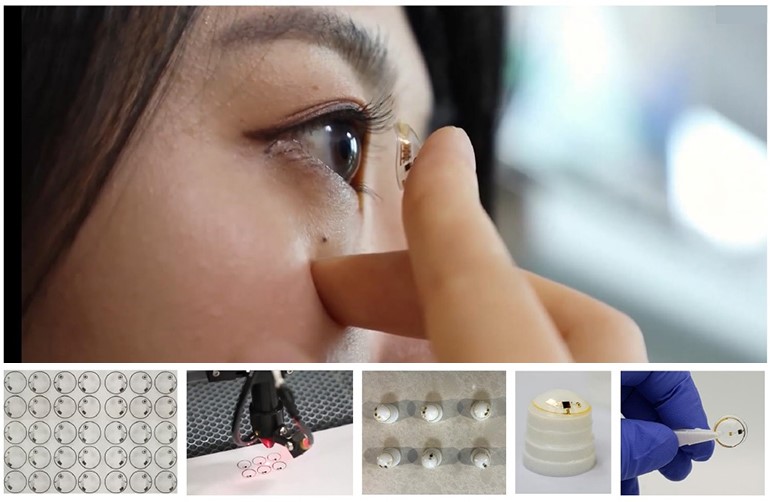
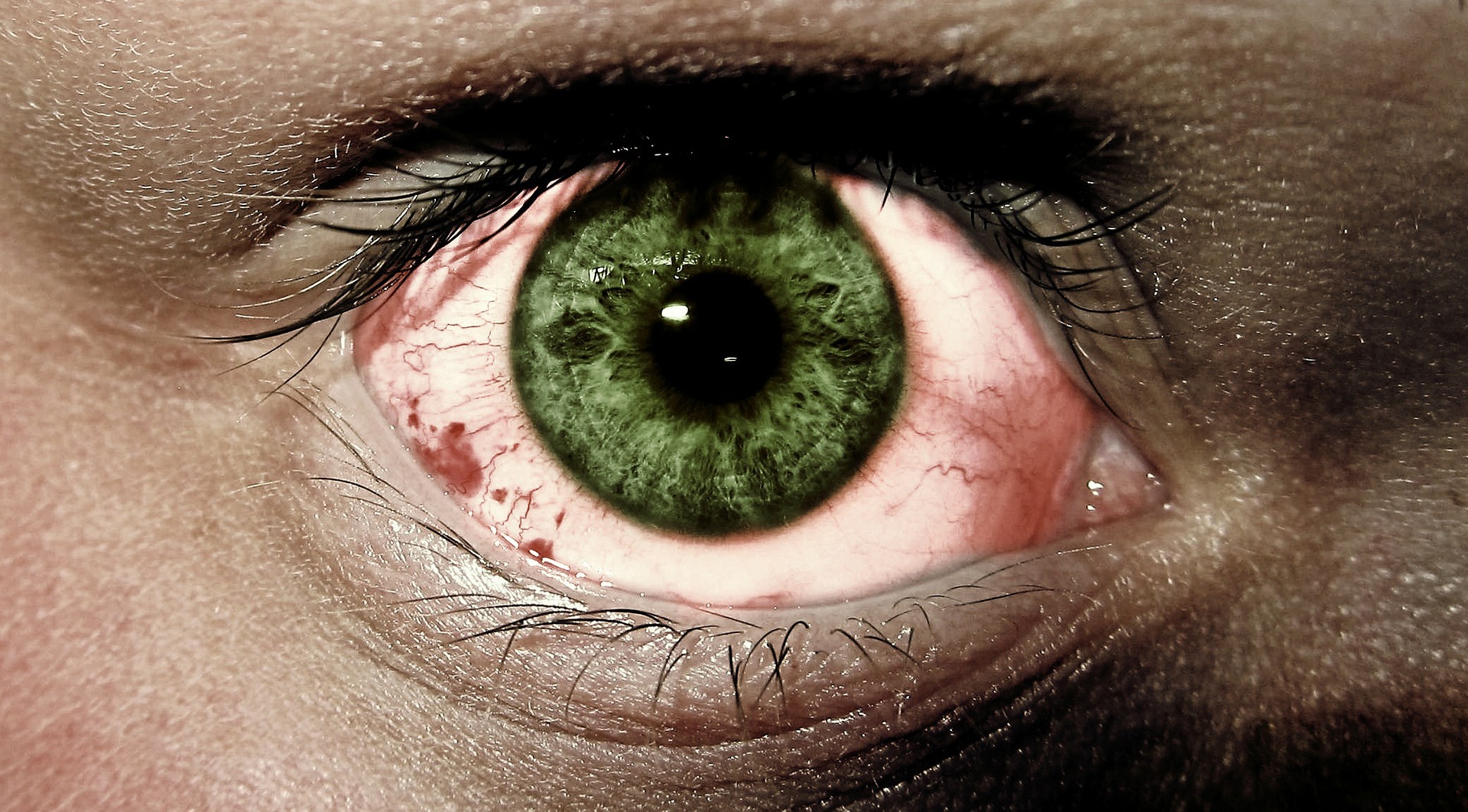
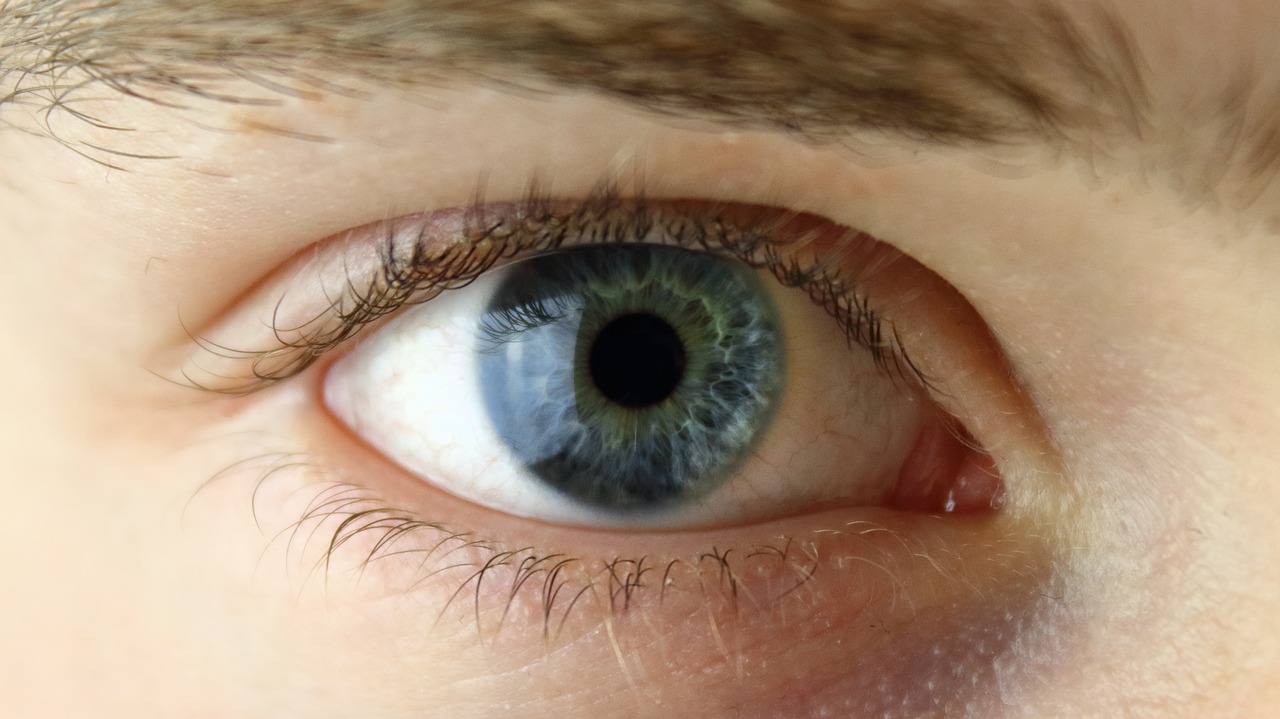
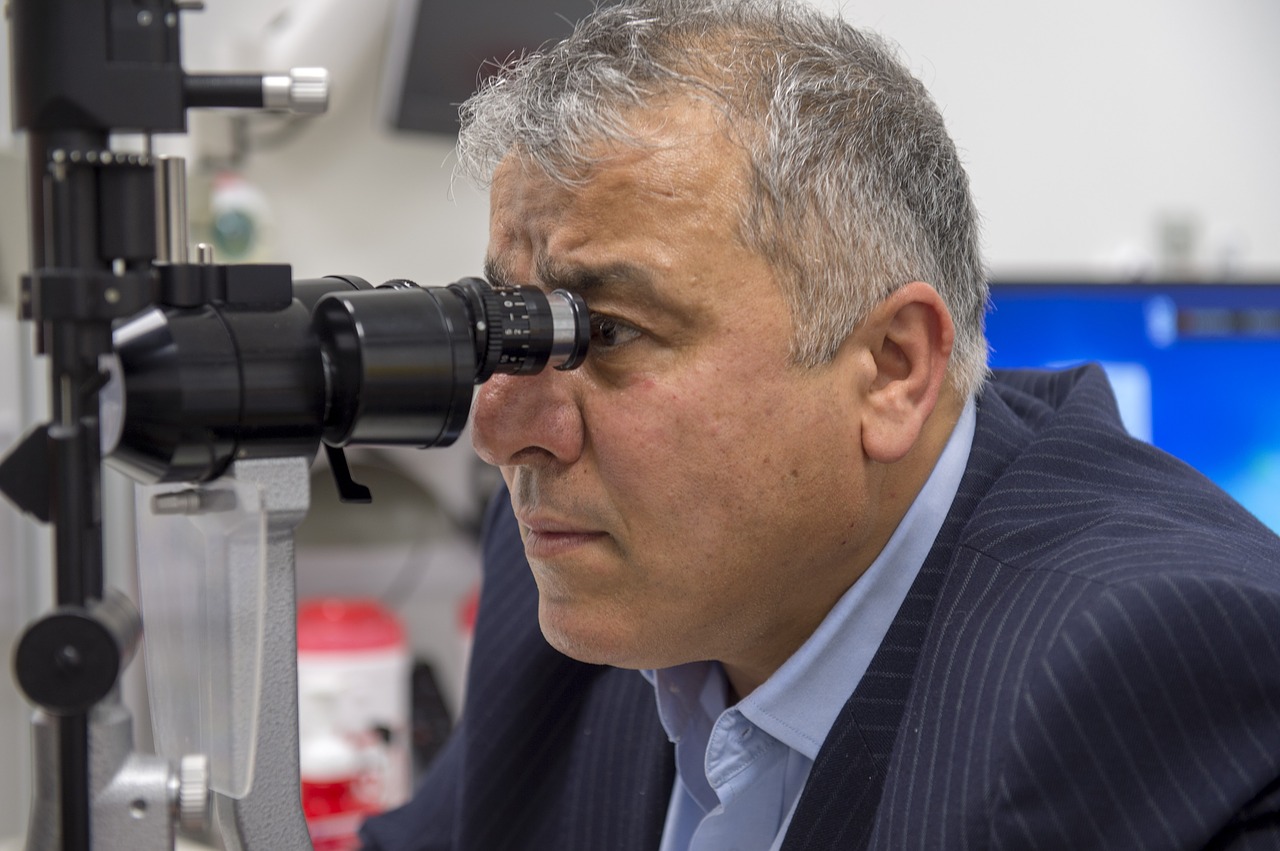
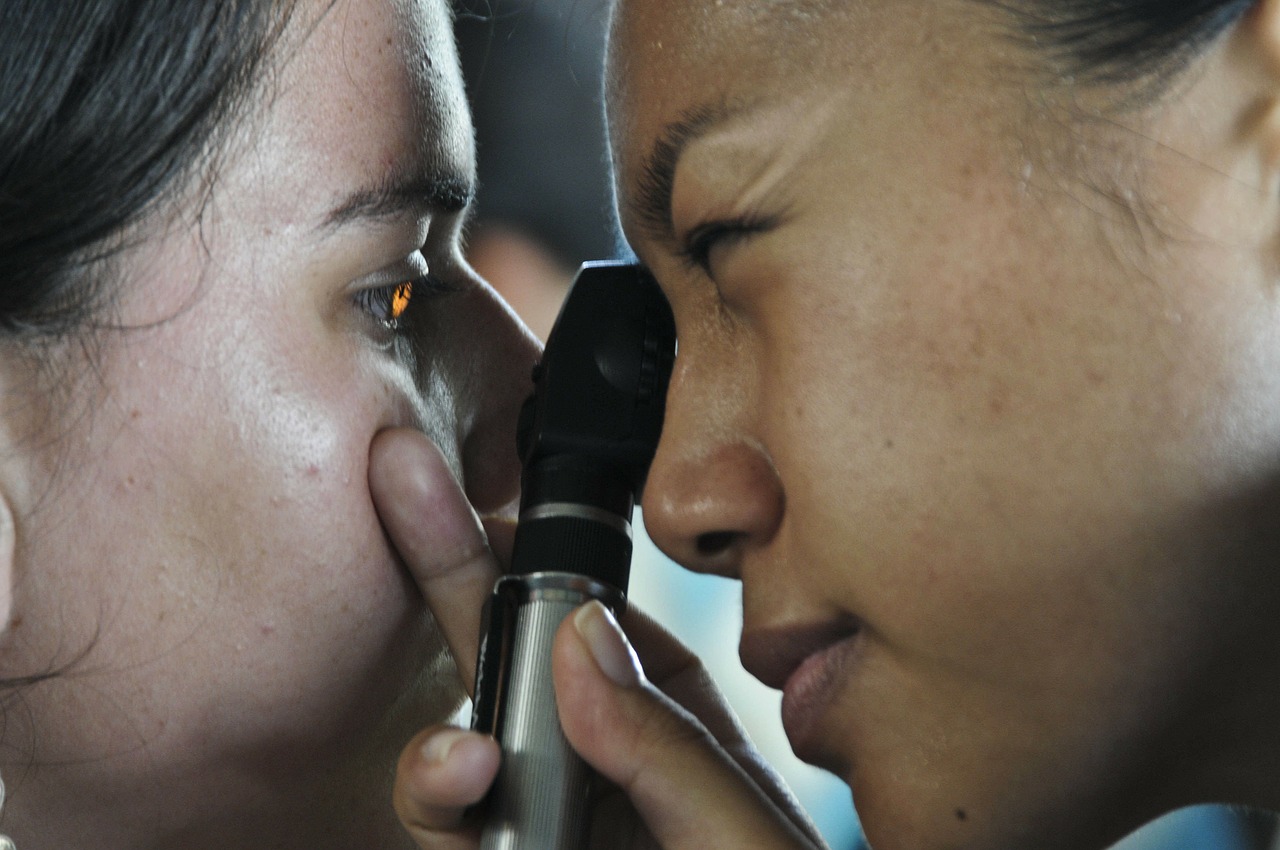





Join or login to leave a comment
JOIN LOGIN